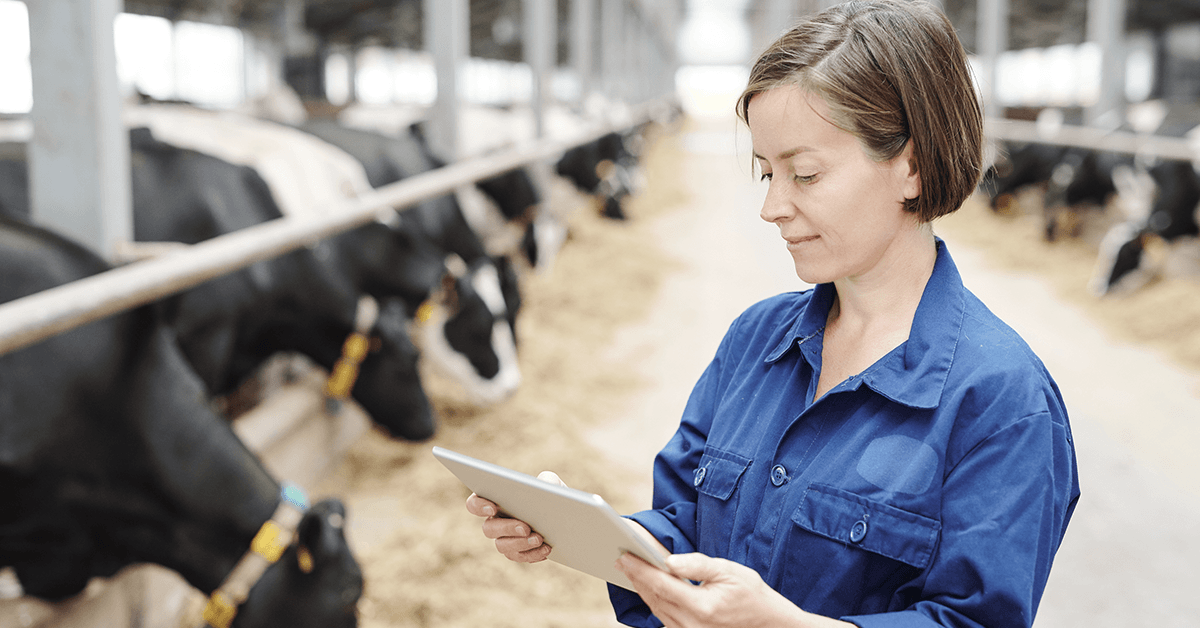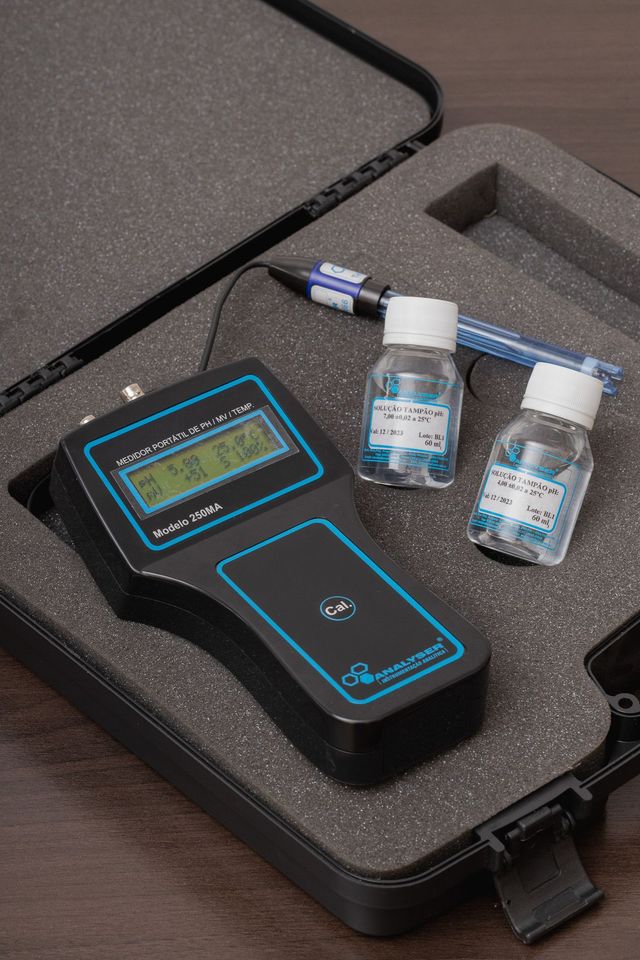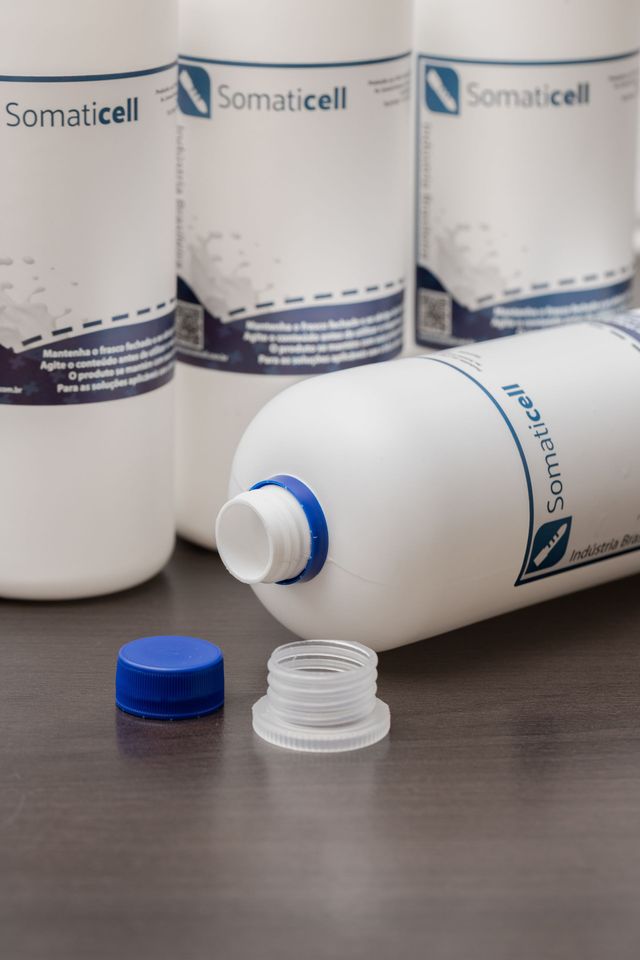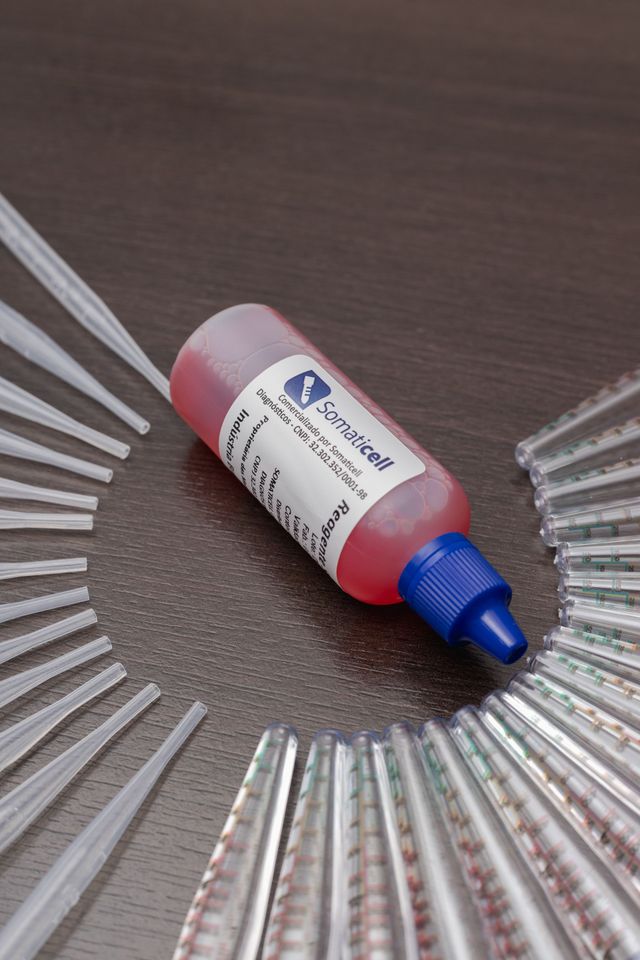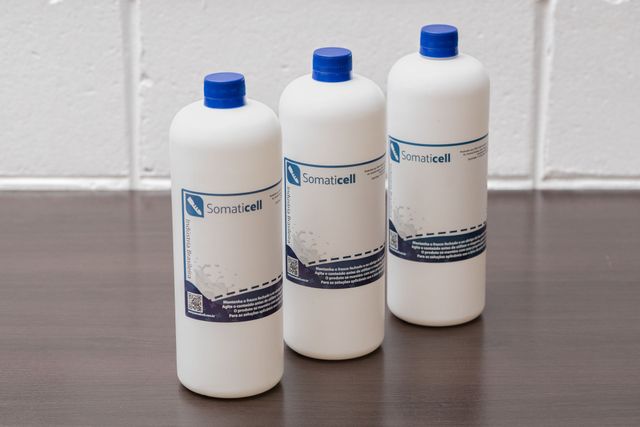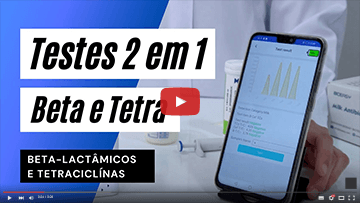Using fewer antibiotics economically and successfully in milk production
Milk quality and the use of antibiotics are directly related!
Independente do tipo de negócio e da área em que se enquadra, o caminho para se obter sucesso é ter uma gestão de qualidade.
It doesn't matter if your business has an excellent product or if you have already won customers, starting successfully is not the biggest challenge. Staying relevant at all times and sustaining your organization is the biggest challenge to face.
Through procedures to align and plan the internal policy, it is possible to control fundamental factors and avoid being surprised by problems, or that they occur on a recurring basis.
Thus, instead of having wear and tear and costs with losses and late actions, the entrepreneur will be able to adopt better practices and strategies that will keep the business healthy. These rules also apply to dairy farming.
No Brasil existem cerca de 1,7 milhão de propriedades rurais que destinam seus trabalhos à produção de leite, de acordo com o último censo agrícola do IBGE.
However, the average daily production of these properties is more or less 70 kilos of milk per day. A still very low amount, which means high cost and low income and productivity for the dairy industry.
This happens due to the various challenges that milk production faces in order to deliver a quality product, meeting regulatory parameters and at competitive prices.
There is no point in having an investment if it cannot generate profits, as one of the main objectives of producers is that the activity be profitable.
So, let's talk about the use of antibiotics and its relationship to profitability in milk production in Brazil.
Milk quality and use of antibiotics: damage to the health of dairy animals
Um dos fatores que pode aumentar muito os custos e levar a prejuízos na produção de leite está relacionado com a sanidade dos animais leiteiros. Entre os problemas que podem ocorrer, o principal é a mastite, uma inflamação das glândulas mamárias. Ela afeta significativamente a produção, pois essa doença pode, muitas vezes, levar ao uso indiscriminado de antibióticos, o que prejudica o sucesso do negócio.
In this article, we are going to talk about the main problems faced by milk producers, as well as strategies in the management of producing farms, so that it is possible to use less antibiotics, reduce costs and increase consumer loyalty, with the delivery of quality milk.
For this, we separate the following items:
- Como a mastite prejudica o sucesso da produção de leite;
- Problems caused by antibiotic treatments;
- Por que é importante manter boas práticas no ambiente de trabalho;
- How farming on the farm helps in this scenario;
- Road to less antibiotics and resilient economy.
How mastitis impairs successful milk production
Mastitis is a disease that causes inflammation of the mammary glands, which can be caused by bacteria or fungi that reach the mammary quarters.
Animals infected by this disease may show symptoms such as inflammation in the udder and teat, loss of appetite, changes in behavior and fever.
In addition, they may present changes in the composition of the milk, such as lumps, pus, and a decrease in milk production. In critical cases, the disease can lead to the death of the animal, causing great losses in business.
The challenge is precisely due to the fact that these symptoms cause a large increase in treatment costs. In addition, due to changes in milk composition, this raw material often has to be discarded, causing problems in meeting delivery deadlines and generating unscheduled costs.
But the problems do not end there. As mastitis is an infectious disease, it is possible for an infected animal to spread the microorganisms to others, causing even greater damage. The example of this case is that of contagious mastitis.
In this way, farms that present cases of mastitis need to seek data, change concepts and management to cultivate good practices that stop the promotion of this situation. This becomes possible by adopting good hygiene and animal health care practices.
But how can this be done? One of the most widespread treatments is the use of antibiotics to control the infection, however, there are studies that warn of the occurrence of cases in which its application does not result in an improvement in the condition, configuring an unnecessary cost.
Outro ponto de atenção é a possibilidade de haver
resíduos desses medicamentos no leite, o que prejudica a qualidade matéria-prima e de seus derivados. Continue a leitura para entender.
Problems caused by antibiotic treatments
When one of the cows shows symptoms of mastitis, the technical recommendation is that it be treated immediately. This involves both detecting symptoms and discarding the milk and perhaps administering antibiotics.
Despite antimicrobial therapy showing good efficacy, nowadays there are some points to be considered before adopting it. This is because, economically, the treatment may prove to be unfeasible.
To exemplify, a case of clinical mastitis in a production animal can generate costs ranging from 350 to 700 reais.
In addition, there is a recommendation by the World Health Organization (WHO) for food producers to stop using antibiotics indiscriminately in their routines.
The concern is caused by the occurrence of public health problems, as the excessive use of antibiotics, often without real need, and even without professional monitoring, both in humans and animals, increases the risk of bacteria becoming more resistant to antibiotics. medicines, including those that cause different types of diseases in people, making treatment very difficult and can cause many deaths.
Desta forma, antes de aderir a esses tratamentos, considere aguardar um teste de cultura por pelo menos 24 horas, pois há estudos que comprovam que esta é uma alternativa viável .
This recommendation is relevant, as animals with negative results or with gram-negative bacteria, in most cases, do not require treatment with the use of antibiotics. In these cases, the financial loss will only be with the disposal of milk that presents lumps or instability.
Milk quality and use of antibiotics: decrease in the use of antibiotics
Decreasing the use of antibiotics needs to be a priority for producers, as not prioritizing this demand can lead to a lack of concrete actions in this regard, which can contribute to consumer withdrawal.
It is necessary to consider that society pays more and more attention to consumer relations and the values that are cultivated by companies. And this phenomenon is not restricted to the use of antibiotics, it reaches other related topics, such as the environment, animal welfare and the social impacts of activities.
In this way, producers who seek to adapt their business model to practices that guarantee waste-free production and reduce the use of antibiotics, especially unnecessary use, will have more chances of remaining relevant in the market.
Why is it important to maintain good practices in the workplace
Undeniably, when a farm has problems with the health of producing animals, this is an alert that something, in addition to the disease, needs to be treated.
By only looking at health problems and the immediate effects on the financial sector, we blind ourselves to much deeper problems.
In this sense, it is essential to know in depth the needs of the farm environment, understanding what the problem focuses on, in order to be able to avoid them.
The entire milk and dairy production process must be closely monitored and this starts in the environment where the animals live and are milked.
It is essential that these environments are cleaned frequently, in order to reduce the possibilities of proliferation of bacteria, both environmental and those that cause contagious mastitis.
The same rule applies to those responsible for milking. Before the procedure is carried out, it must be verified that these people have clean clothes, personal hygiene in order and, if the milking equipment is sterilized.
It is worth mentioning that the cleaning process must be repeated every time the procedure is performed on another animal, in this way it will be possible to reduce the levels of contamination between them.
For the same purpose, it is very important to feed the production animals well. This attitude prevents the levels of defense of the immune system from falling, because with the body's natural defenses strengthened, the animal has much more chances of achieving a cure for the infection.
Thus, it is extremely important to have full knowledge of how your business works, and also of the bacteria that may be present during production, as this is reflected in savings for producers. An efficient practice to achieve this objective is to carry out the culture on the farm. We'll talk about her next.
How farming on the farm helps in this scenario
Farm culture consists of a practice in which the producer himself performs microbiological cultures in the farm environment. In this way, he is able to assess the causative agent of cases of clinical and subclinical mastitis in production, being able to choose the best treatment solution.
This methodology aims to improve the incidence rates of cases of contaminated animals, as well as the effectiveness of the cure.
The result of implementing the culture on the farm is more assertive decision-making, prevention strategies and, consequently, cost reduction.
The application of the crop on the farm will depend on the producer's objectives when using this tool. But regardless of your goals, it is essential to first understand and absorb this type of practice, changing your concepts of management and treatment of mastitis and the production environment.
However, for the culture on the farm to produce the expected effects, the business needs to have a project focused on implementing a milk quality program, covering all aspects that comprise the complex production process.
It is noteworthy that even with prevention initiatives and changes in management, mastitis can occur. In these cases, the analysis of the implemented treatment is fundamental.
Milk quality and use of antibiotics: the culture of the farm
The culture on the farm ends up having as one of the benefits the rationalization of the use of antibiotics for mastitis.
This reduction occurs through various management changes on the farm, such as hygiene measures before and after milking. Therefore, in some cases, before this implementation of reducing the use of antimicrobials, it may be necessary to use antibiotics in therapies for some causative agents.
And as another beneficial factor of this implementation, the culture on the farm is accessible to all types of property, regardless of the size of the herd.
With investments of around 500 to 600 reais per month, values do not become a limiting factor. If we think about the expenses generated with mastitis treatments, the value with caution becomes a profitable investment.
To start this process, some requirements are needed:
- A clean, draft-free, closed room with a table and good lighting;
- Refrigerator with thermostat;
- Greenhouse with temperature regulation;
- Sterile collection tubes;
- Sterile inoculation swab;
- Alcohol 70°C, gloves and cotton;
- Willingness to understand about the technique.
Before implementing the tool, it is interesting to visit other properties that already use this system. Likewise, talk to technicians and specialists so that understanding is clear and assertive.
Road to fewer antibiotics and a resilient economy
There is no exact formula for success in any business and this applies to milk production. However, knowledge of the processes and prevention are always the best strategies.
Therefore, look for reliable information about the production of this raw material. And more than just having information, put it into practice, because there's no point in having effective tools if you don't use them to your advantage.
Start a mastitis prevention program, reducing treatment needs. Follow the plan and make employees aware of each procedure adopted.
With this, it will be possible to deliver a quality product, more profitable, that meets regulatory parameters and has a positive impact on the health of its consumer.
Por fim, conte com a ajuda de uma empresa especializada. Para isso, a Somaticell desenvolve soluções únicas para que a qualidade dos produtos lácteos seja mantida.
We work with livestock disease prevention initiatives, boosting your business results and minimizing the possibilities of losses.
By investing in our solutions, you will be investing in the protection and care of your animals, ensuring health and lower costs. In addition, it will demonstrate value and commitment to its consumers, delivering a quality product while boosting its business.
Fale com um de nossos consultores, tire suas dúvidas com um especialista e garanta a produção de leite com qualidade, menos custos e mais consumidores. Estamos te esperando!
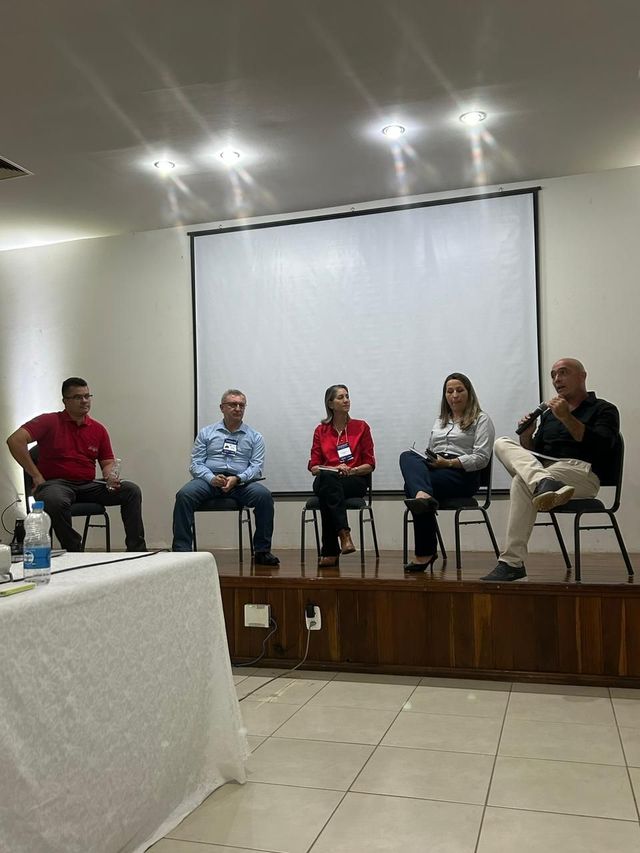
Conheça nosso App
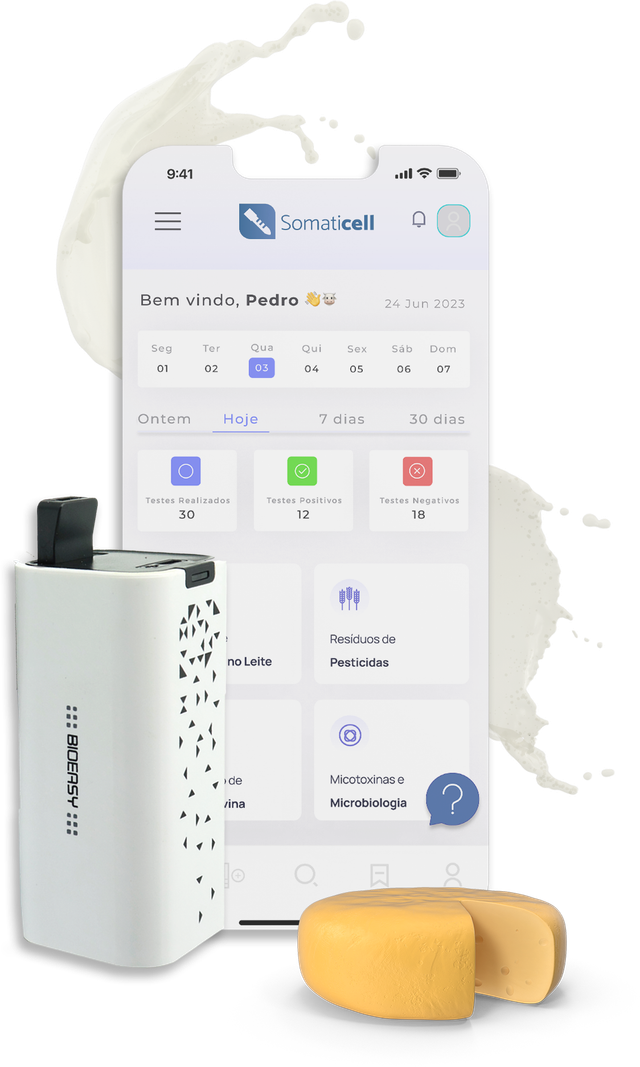
Our Educational Videos
Somaticell on Social Networks


